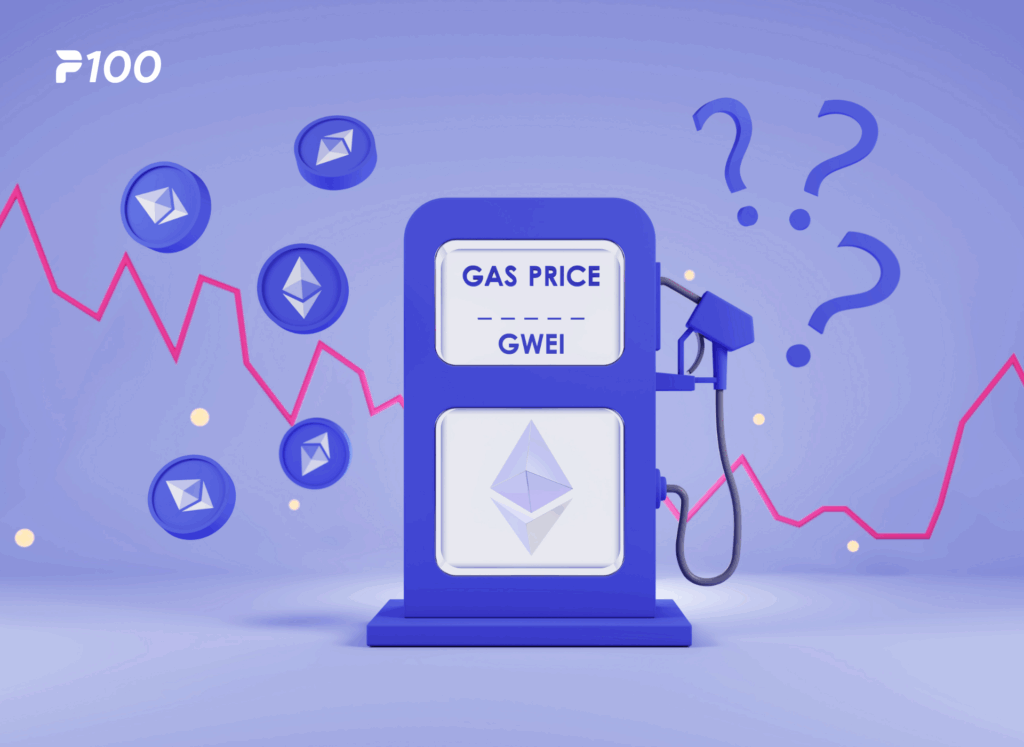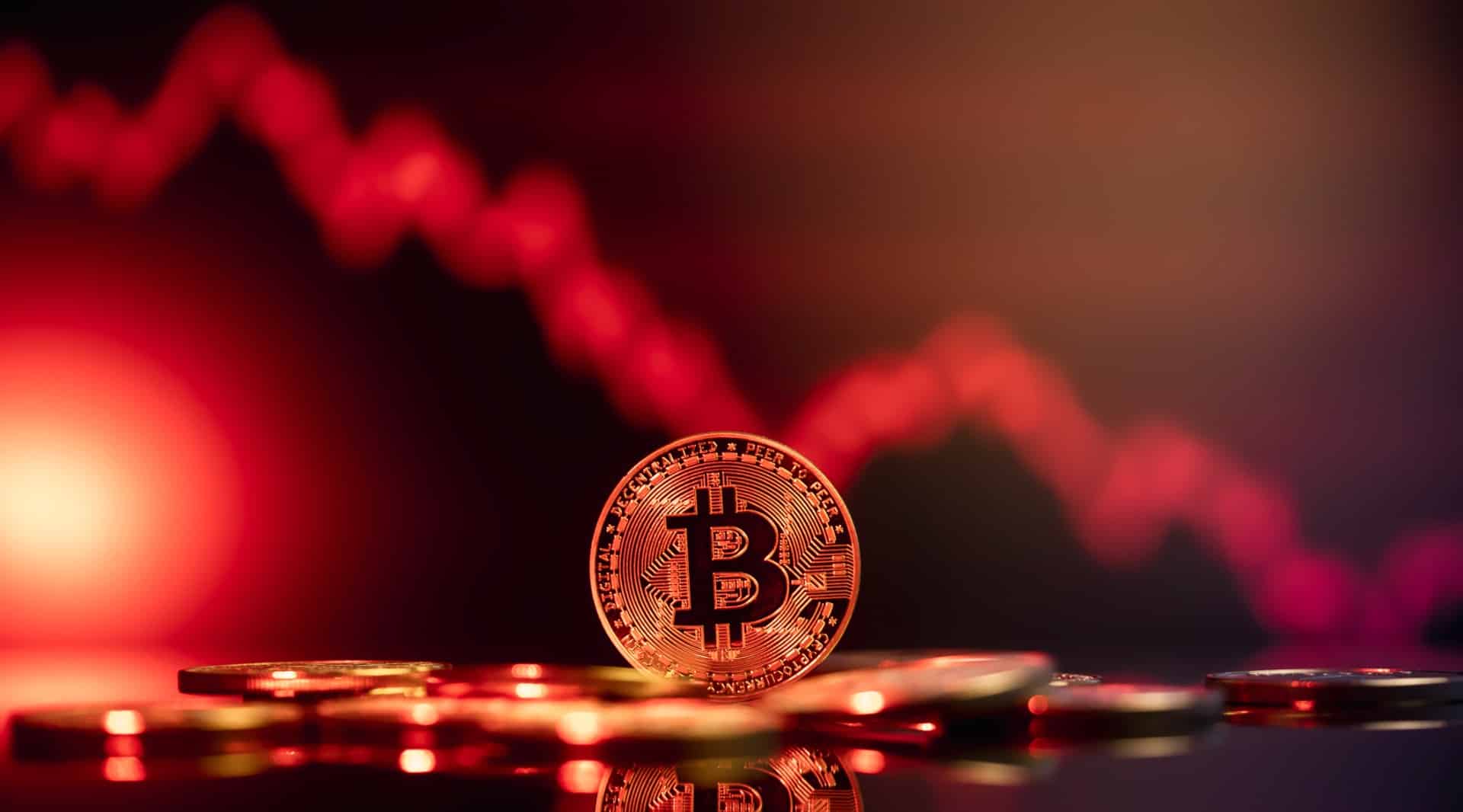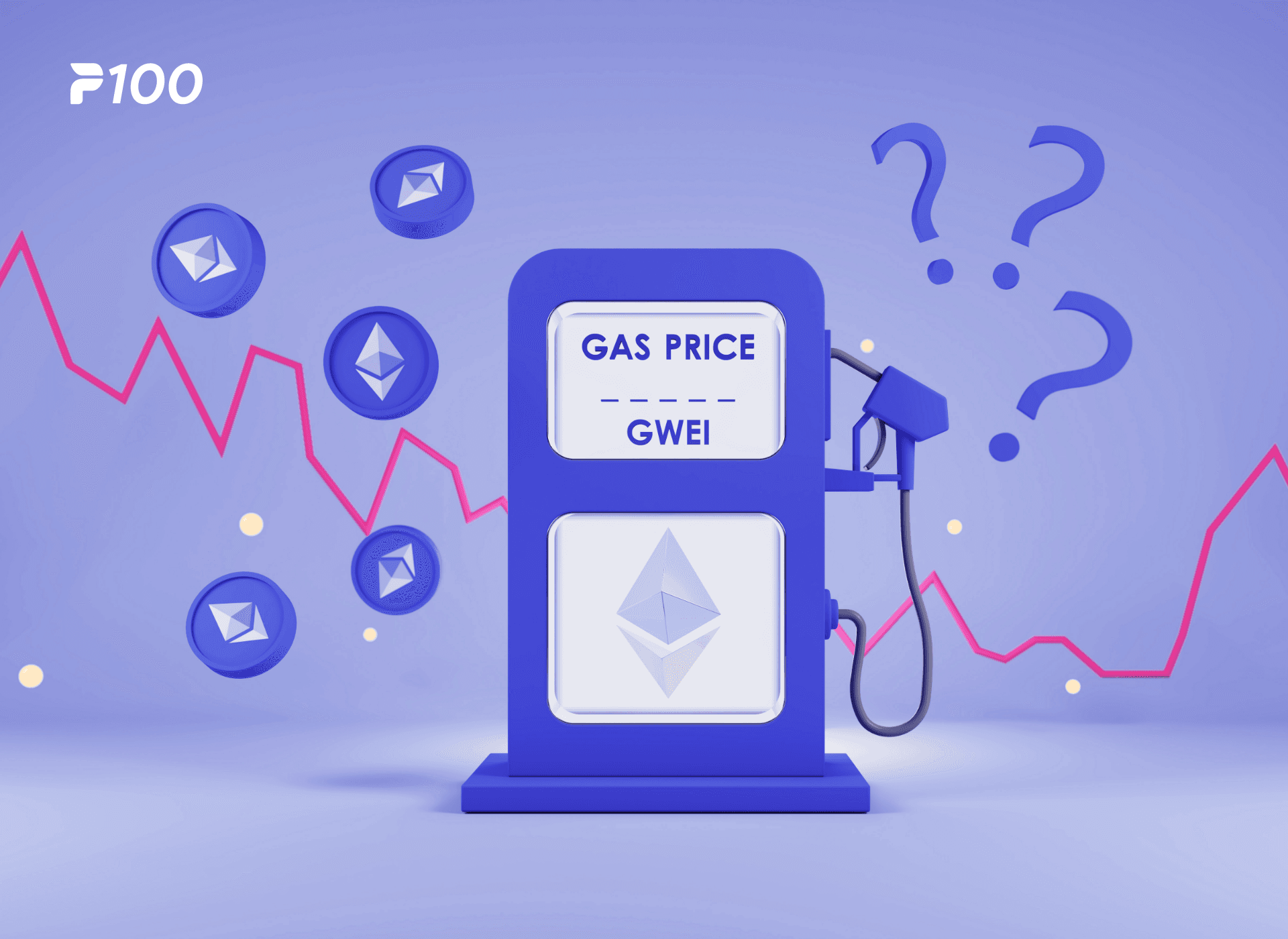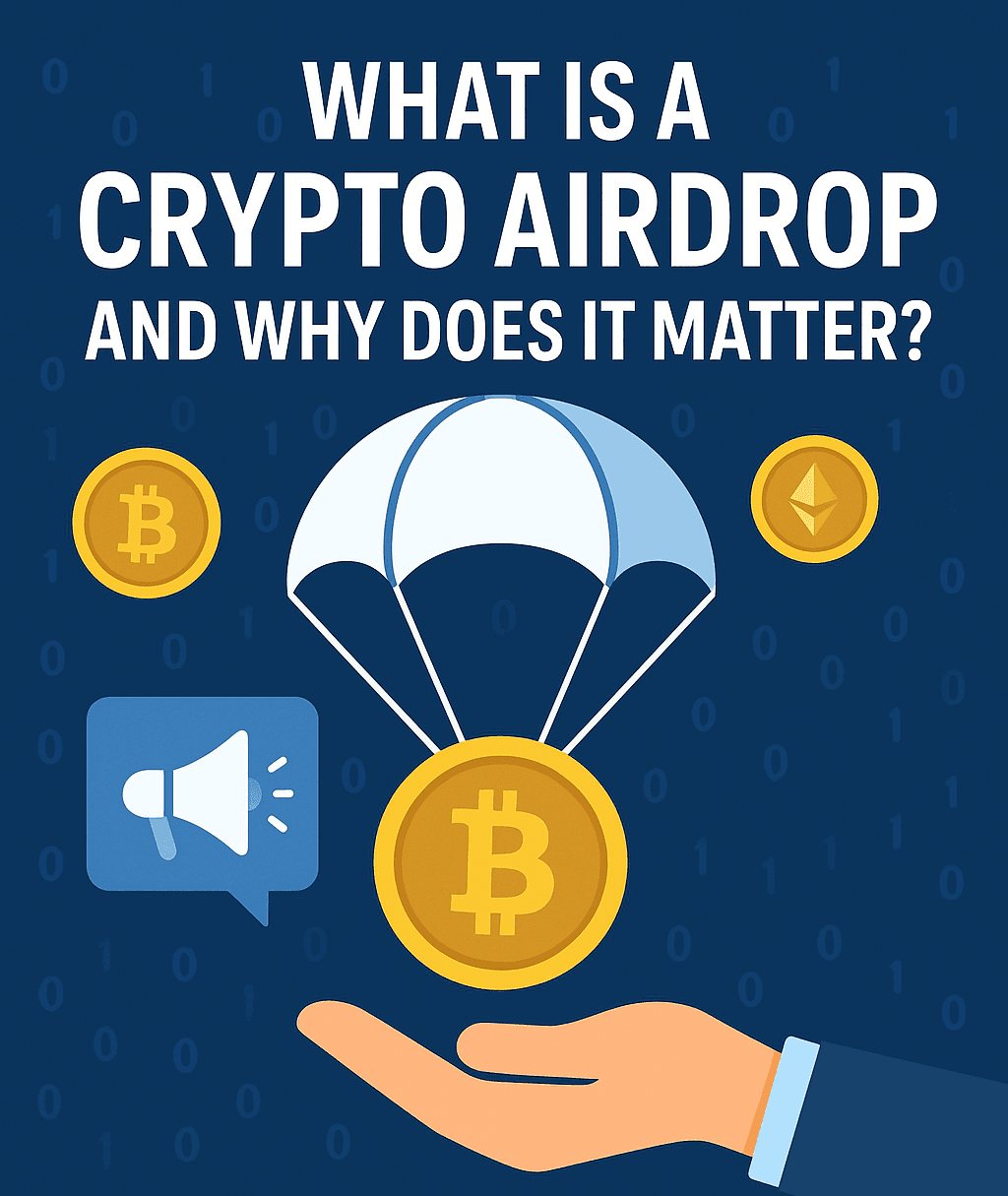Disclaimer: This article is for informational and educational purposes only. It does not constitute financial, investment, or legal advice. The cryptocurrency market is highly volatile, and you should always conduct your own research (DYOR) and consult with a qualified professional before making any investment decisions.
Crypto gas fees are the transaction costs you pay in order to do things on a blockchain network, like sending tokens, dealing with smart contracts, or trading NFTs.
Crypto gas fees are like the fuel that keeps the blockchain engine running. When you make a transaction, miners or validators have to check it, handle it, and add it to the blockchain. It covers their computational work and energy, which makes sure that your transaction is added quickly and safely.

Based on network demand, these fees can fluctuate, during peak times, crypto gas prices can soar, while quieter periods might cost much less. Anyone who wants to use crypto needs to know about crypto gas fees because they have a direct effect on your transaction costs and strategy.
This topic often sits alongside trending questions like What Is Bitcoin ETF, since many new investors compare ETFs with buying crypto directly.
Quick Overview of Gas Fees in Crypto Transactions
Validators get crypto gas fees when you make a blockchain transaction as payment for processing and confirming it. These fees honor the validators for keeping the network safe and making sure that every action is done correctly. If you want to learn what are gas fees in crypto, this is generally where you should start.
Many blockchains use various words and phrases. Coinbase, Ethereum, and Polygon call them “gas fees crypto,” while Bitcoin and Solana call them “transaction fees.” The word “gas” makes many people think of fuel, which shows how important it is for keeping the blockchain running smoothly and how blockchain gas fees help support the network.
Crypto gas fees change based on how busy the network is and how complicated your transaction is. Fees can go up without warning during busy times on private, non-custodial sites. On the other hand, custodial platforms sometimes keep fees for NFT transactions stable or even cover them. This makes it easier for users to navigate the blockchain without any problems.
Understanding How Gas Fees Work on the Blockchain
When you do something directly on a blockchain, like executing a smart contract, moving cryptocurrency, or buying a non-fungible token (NFT), you have to pay gas fees. These fees pay the network validators who use their computers to handle and confirm transactions. This entire mechanism is essential for anyone exploring buy and sell crypto processes on decentralized networks.
Validators are separate participants who keep the blockchain running by using special tools and software. They make sure that every exchange is real and secure, and that the network stays decentralized and safe. In exchange, they get gas fees, which encourage them to keep the blockchain record honest.
Smart contracts, NFT minting, and dealing with decentralized apps need more computing power, so they charge higher fees. Simple token transfers do not need much gas. Gas prices also change based on how much traffic there is on the network. When there is a lot of traffic, prices may go up, and when there is not as much traffic, prices may go down.
Incentives That Motivate Validators
Gas fees are the main financial motivation that drives these people to participate. Within proof-of-work (PoW) blockchains like Ethereum, validators, also known as miners, compete to add new blocks to the chain by using specialized gear to solve hard mathematical problems. The first miner to solve the puzzle correctly gets to confirm pending transactions and receives both the gas fees that go along with them and a block reward in brand-new cryptocurrency.
With the transition toward proof-of-stake (PoS) systems, like Ethereum 2.0, benefits work in a different way but are still very important. Validators risk a certain amount of cryptocurrency, which raises their chances of being chosen to check new blocks. They get transaction fees and benefits for successfully validating, which makes the network more reliable.
Validators who commit more coins have a better chance of being picked, but the selection process also uses some randomness at the protocol level to make sure it is fair. This contributes to why crypto networks differ so much from fiat currency systems, creating ongoing discussions around Cryptocurrency vs Fiat Currency
Costs Involved in Blockchain Transactions
No matter how independent or digital the blockchain network is, validating transactions does cost money. Validators have to buy special computer hardware, pay for the power they use, and keep up with the infrastructure that makes transaction processing safe and quick.
On proof-of-stake (PoS) blockchains like Ethereum 2.0, validators must also stake a certain amount of coin in order to take part. For example, in Ethereum 2.0, you need to stake at least 32 ETH in order to confirm transactions and get rewards. This staking requirement also affects how people choose networks on best crypto exchanges.
Gas fees and block awards help to balance out these costs, which include operational and staked capital. These fees show the real-world resources needed to keep the system decentralized, safe, and trustworthy. Anyone wanting to join a blockchain network needs to be aware of them.
Penalties That Affect Users and Validators
In blockchain networks, there are punishments to make sure that people follow the rules and keep the network’s integrity. Proof-of-stake (PoS) validators can lose some or all of the coin they stake if they break the rules by doing something bad like acting maliciously or not validating properly. In the worst situations, continued bad behavior can get you kicked off the network for good.
Different blockchains have different penalties because of the rules for running each system. By making these effects real, networks get validators to be honest, keep the ledger safe, and make sure that all users can trust the transaction processing.
In addition to PoS validators, fines also have an indirect effect on users. Mistakenly submitted transactions with incorrect gas fees or not enough funds may fail, using some of the fee but not finishing the process. This mechanism encourages careful planning of transaction settings and smart use of network resources.
Blockchain networks keep decentralized security and trust without the need for middlemen because they use rewards for good behavior and punishments for breaking the rules. This balance is very important to make sure that everyone who uses or validates the system can do so in an open and trustworthy way.
How Gas Fees Are Calculated and Paid
The rules of supply and demand decide how much gas costs on blockchain networks. Basically, the fee is based on how much computing power is needed to handle a transaction and how much demand there is for network approval right now. When there is more traffic on a network, gas prices tend to go up, but when there is less traffic, fees can go down.
On Ethereum, gas fees are calculated using two key factors:
- Gas Price: This is how much people are ready to pay for a unit of gas. It is kind of like setting the price of gas for a car. When the price of gas goes up, people are more likely to process transactions quickly.
- Gas Limit: This is the maximum gas that a user is ready to spend on a transaction. It limits the amount of computing power that can be used for the process.
To find the total fee, increase the Gas Price by the Gas Limit. When a transaction is completed, the gas is given to validators to thank them for their work, and the base fee is burned, which lowers the amount of ETH that is available. Users can also add a priority fee (tip) to encourage validators to handle transfers more quickly.
Since the EIP-1559 upgrade, gas fees have been more stable. Dynamic base fees that change every block and priority fees that give users who want to settle their accounts faster more options. Ensures network security and resource efficiency by not processing transactions that do not provide enough gas.
One Gwei equals 0.000000001 ETH. People who search what is crypto gas or what is gas fee in crypto often start learning these basics to understand network behavior.
How To Provide Gas Fees for Your Transactions
Blockchain transactions take gas fees out of your wallet balance along with the cryptocurrency or tokens you are giving. This makes sure that users do not have to figure or send fees by hand, which speeds up the process and stops people from accidentally paying too little.
Let’s say you have 10 ETH in your wallet and want to send 1 ETH to someone else. If the gas fee for this transaction is 0.5 ETH, the other person will get the full 1 ETH, but the 0.5 ETH gas fee will be taken out of your amount automatically. Your wallet amount will show 8.5 ETH after the transaction is complete, which includes both the transfer and the fee.
There is only one event for gas fees, so you never have to worry about forgetting to pay them separately. If you want to speed up the transaction, most wallet interfaces and blockchain platforms let you change the gas price and gas limit. This gives you options while keeping the blockchain network safe and efficient.
If you know how to set up and handle gas fees, you can make sure that transactions go smoothly, keep costs low, and avoid delays or failed transfers due to not having enough funds.
Factors That Influence Gas Fee Amounts
As network demand, transaction complexity, and validator activity change, so does the amount of gas needed for a blockchain transaction.
It costs more to use gas when the network is busy. When more people submit deals, validators have to decide which ones to handle first, which often means that the costs go up in exchange for faster confirmation. Gas fees tend to go down when demand is low or when there are more validators available.
How complicated a transaction is also affects the fees. Simple cryptocurrency exchanges use less computing power, so they cost less in gas. On the other hand, running smart contracts or minting NFTs uses more resources, so they cost more.
Events in the past show what happens when desire goes up: You can find NFT apps like CryptoKitties, Stoner Cats, and Yuga Labs’ Otherside slowed down the Ethereum network, which made gas prices skyrocket, sometimes higher than the value of the deals themselves.
Settlement delays for transactions happen a lot during these times, which affects decentralized apps (DeFi, games, and other services) and forces users to change fees in a smart way to make sure transactions happen on time.
Users can keep an eye on network traffic and suggested gas prices in real time with tools like Etherscan Gas Tracker This helps them figure out how much to pay for a good transaction. By knowing these things, blockchain users can get the most out of their transactions, cut costs, and make sure they can interact with Ethereum and other gas-based networks quickly and easily.
Tips To Manage and Reduce Gas Fees Effectively
Managing gas fees well is important for anyone doing business on Ethereum or any other blockchain network. Because network delay, transaction complexity, and validator activity all affect gas fees, it is important to understand how these things work in order to lower costs.
Monitor Network Activity
Keep an eye on what is going on in the network. When the network is busy, transaction fees go up. You can see real-time traffic and suggested gas prices with tools like Etherscan Gas Tracker. This lets you pick a time when fees are lower. Scheduling deals for times when they are not as busy can save you a lot of money.
Adjust Gas Price and Gas Limit
Users can choose how much gas they want to pay for and how much gas they can use at once. Paying more for gas speeds up processing, while setting a fair gas limit makes sure that you do not pay too much.
Combine Multiple Operations
If you can, combine several small actions into a single transaction. By lowering the amount of transactions, this can lower the total gas fees.
Use Layer-2 or Alternative Networks
Most of the time, transaction prices are lower on layer-2 solutions and other blockchains than on the Ethereum mainnet. Using sites like Polygon, Optimism, or Arbitrum can help you save money on fees without sacrificing safety.
Plan for NFT or Smart Contract Activity
The launch of new cryptocurrencies and the complicated interactions between smart contracts can make gas costs go up by a lot. Keeping costs down by planning deals outside of busy launch times or times with little activity helps keep costs down.
By using these tips, users can make sure that their blockchain transactions are executed on time, minimize the costs associated with them, and make the most of times when the network is busy. By using real-time tracking, smart timing, and careful transaction planning, users can control gas fees without affecting performance.
About the Author
Alex Carter is an on-chain analyst and crypto strategist with over six years of experience specializing in protocol analysis, decentralized finance (DeFi), and on-chain security. After beginning his career in cybersecurity, Alex pivoted to Web3 in 2018, fascinated by the complex economic interactions within blockchain ecosystems. He has published numerous analyses on MEV strategies and their impact on users, advocating for greater transparency and the adoption of protective technologies. Alex is a firm believer in a security-first, research-driven approach to the crypto space.





